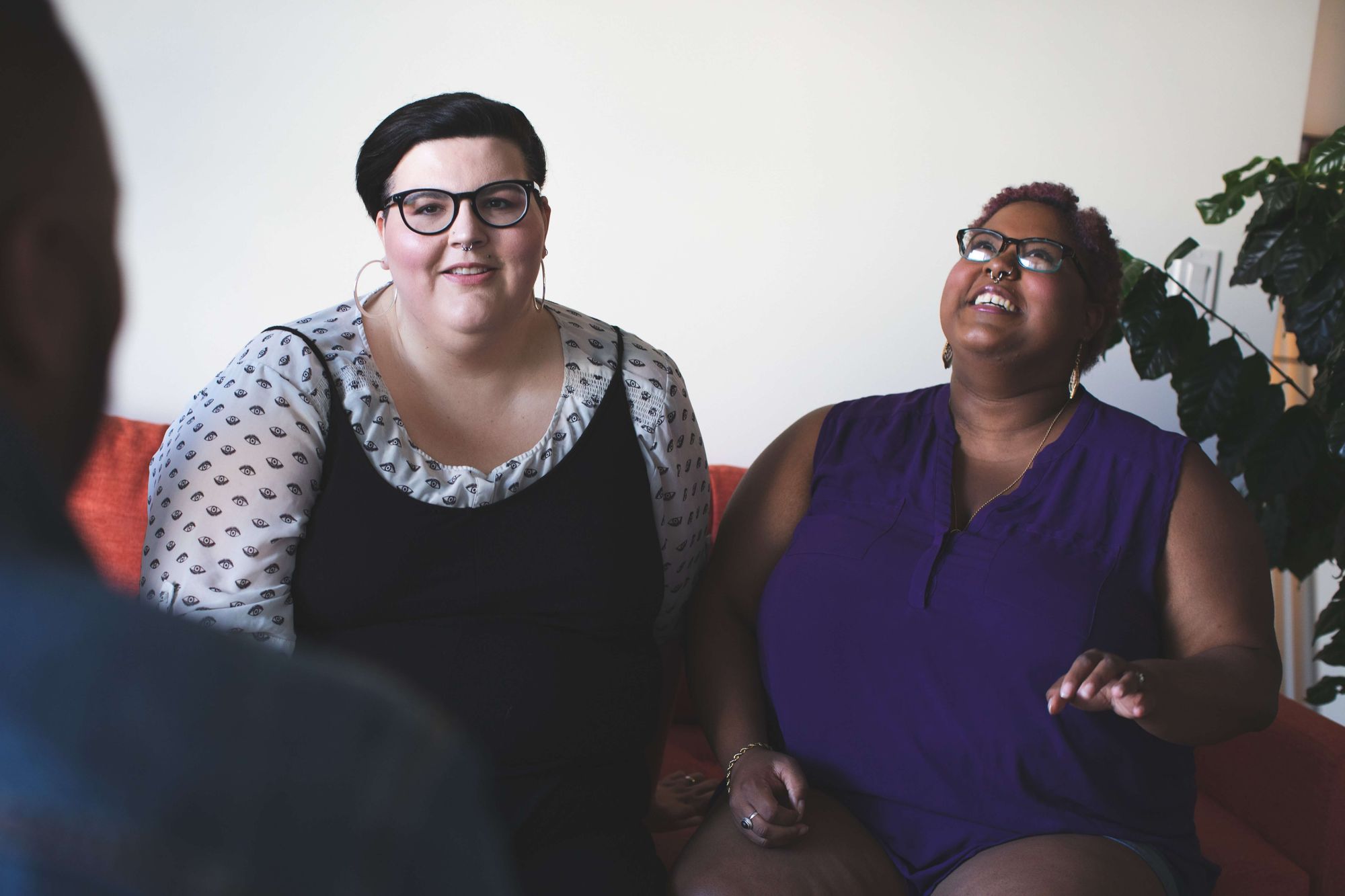Body positivity: a new concept of normality
With the era of body shaming over, it's time to appreciate new, offbeat beauty standards.

The era of body shaming and the spread of unattainable beauty standards is over: we have finally understood that the world is beautiful because it is varied!
Aesthetic standards are the result of the human need to feel part of a group. An innate and physiological tendency that has become obsolete and out of place at a time when our society, made up of interconnected ethnic groups, has generated 7.674 billion human beings, all different from each other. The media have accentuated the classification based on the personal image everyone has of themselves, going from being instruments of information and discovery to the status of a level of aesthetic canons capable of cancelling out human heterogeneity.

The age of collective awakening
In recent years we have witnessed a new approach and awareness of everyone's physicality in the Western media. Gradually, this process has led to the normalisation of skin imperfections by condemning the use of Photoshop. An example? Norway recently decided to fine influencers who do not report photo editing. And that's not all: before/afters are no longer exclusively linked to miracle treatments and diets, but also to wearing control leggings or the effects of a well-thought-out pose, reminding us that we are not condemnable when we look thinner thanks to a girdle, or look more natural and unposed: it is simply a matter of personal choice. Do you want to hide your body by deforming your shape with clothes and tricks? OK. Do you want to proudly display your specificities? That's fine too, your beauty is always there.
The term 'curvy' has little novelty about it, having entered our vocabulary years ago: it is now part of the fashion industry, but not only. On catwalks and in magazines we find models in this category, promoters of style and an integral part of corporate marketing strategies. It is worth reflecting on all this: curvy images are in any case glossy, as fashion shoots have always been, in order to make certain body characteristics and the products that surround them more appreciable, giving very different results from what a person of any size sees in the mirror.
We have to admit, however, that more and more brands are choosing models with a wide range of physiques: we have stopped seeing exclusively mandolin-shaped bums and sculpted abs, but it is undeniable that this trend is not yet the dominant one on the market, as demonstrated by the squadrons of influencers we find on social networks, fortunately increasingly surrounded by personalities who create and promote their own personal standards of beauty.

Do we all agree? Not really
Despite everything, body positivity has not remained immune to criticism and discouragement for long. This trend was soon accused of justifying obesity, giving overweight people the opportunity to identify with a group of their peers who accept and live with a less than ideal state of health. It simply seems to be the other side of the coin of the exasperation and exhibition of unhealthy thinness, still carried on by the most common mass aesthetic canon.
It is important to remember that body positivity does not only affect overweight people, but extends to any body that has differences and imperfections compared to socially imposed standards: Excessive hair, frizzy hair, irregular skin colour and pigmentation, lack of symmetry, stretch marks, cellulite, moles and skin spots, acne, psoriasis, alopecia... in short, anything that comes to mind among the characteristics commonly considered embarrassing and to be hidden, has started to have room to exist in recent years even in the light of day through those processes of normalisation that we hear about today.
A new awareness
Body positivity, if well communicated, does not lead people to take responsibility for their own health, so it should not be exploited. It is important to remember to pay active attention to the messages we receive: we are often the victims of misleading communications that are the result of marketing strategies aimed purely at selling. The mission is different: to eradicate the shaming that physical imperfections have always carried, allowing everyone to build a new vision of themselves and their bodies, allowing them to accept themselves and live at ease with their uniqueness.

